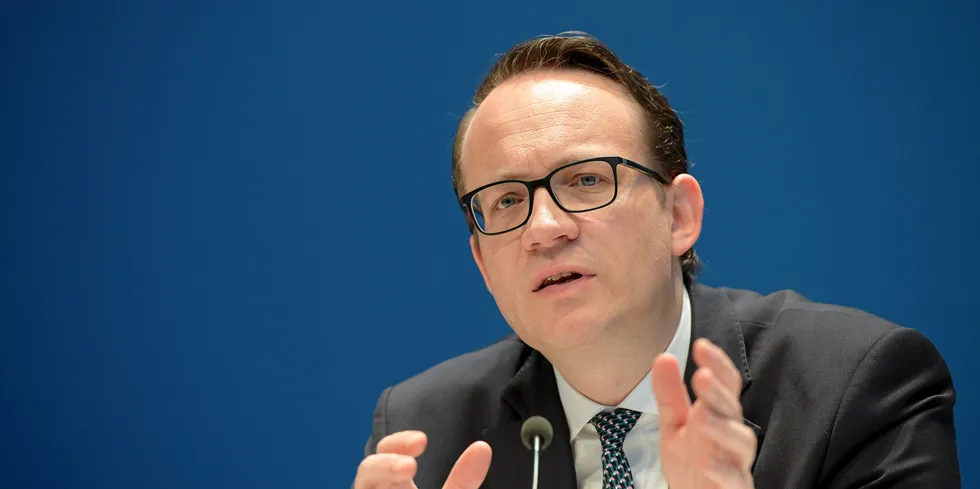'Must become independent of Russian fuel' | RWE to build green ammonia terminal in Germany
Facility for imports of liquid H2 derivative to be adjacent to planned LNG terminal, with industrial-scale cracker to produce green hydrogen

Facility for imports of liquid H2 derivative to be adjacent to planned LNG terminal, with industrial-scale cracker to produce green hydrogen
